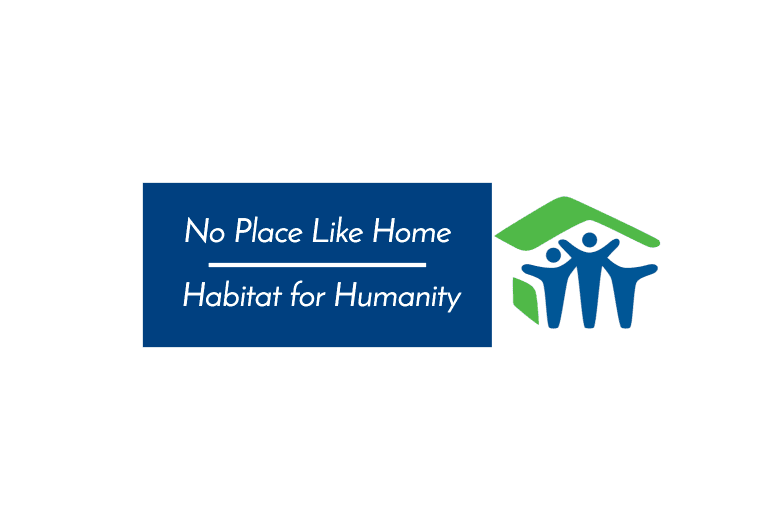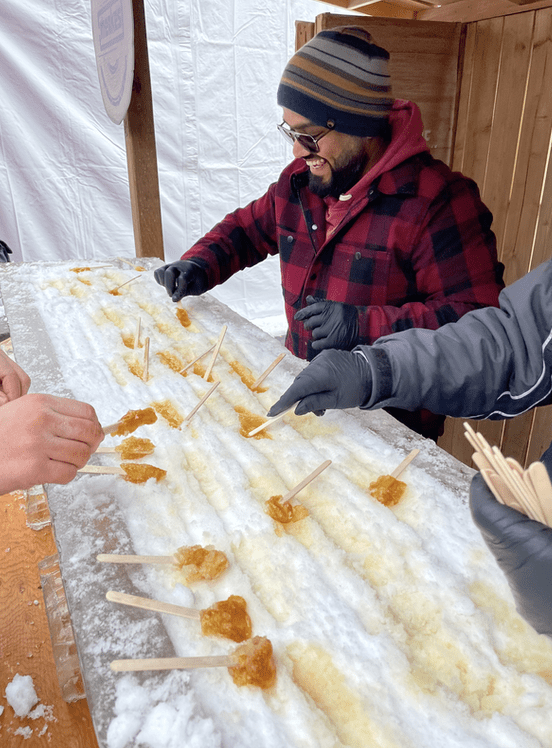What do you call a cultured American? A Canadian.
All right, I know. It’s easy to make fun our neighbours to the south – especially now, in this era of fake news, loud hair, and belligerent patriotism – so perhaps we should take some time to exercise our somewhat flabby appreciation muscles by acknowledging some of the truly great ideas that have come to us from the U.S.
One really quite good idea hopped the border back in 1985 when Habitat for Humanity built its first Canadian home in Winkler Manitoba. Founded by Americans Linda and Millard Fuller in 1976, Habitat for Humanity’s mission was to provide safe yet affordable homes for low-income families.
With a strong foundation in Christian ministry, the organization enlisted teams of volunteers to build its houses, which were then mortgaged to selected families at no interest or profit. Now, 100 different countries across the world play host to their own local Habitat affiliates – 56 of which can be found in Canada. Recently, I chatted with Danielle Mandell, the VP of People for Habitat for Humanity GTA, about her organization and the people it works with.

Hainford Home
As VP I oversee Habitat for Humanity GTA’s Human Resources; the more than 8,000 volunteers who work with us every year on our build sites, in our Habitat ReStores across the GTA and in our offices; and the families we partner with to build homes.
That word ‘partner’ is an important one. A central tenant of the Habitat philosophy is the belief that the people they house are equals, deserving of respectful assistance rather than charitable pity. Families who apply for a Habitat home must be willing to put in 500 hours of work for the organization – often in the construction of their own future homes.
“This is absolutely one of the most important features of the Habitat model” Mandell assured me ”The 500 hours of sweat equity a family puts into building their home or the homes of other families is their down payment on the home.”
This way, continues Mandell, families don’t lose their dignity and pride. It strengthens the commitment to Habitat’s model.
Commitment isn’t all that’s required to get into a Habitat GTA home. In order to qualify, a family must also consist of Canadian citizens or permanent residents, demonstrate a clear lack of safe and affordable housing, as well as an ability to pay off their Habitat mortgage (apparently, defaults are extremely rare).
“We partner with a range of families, explains Mandell. “They all have different stories, but many have in common the fact that they have experienced hardship and have lived in very difficult unsafe, overcrowded living conditions.”
The impact of owning their own home is transformational for these families.
Every $1 spent on building Habitat homes generates $4 of social benefit to the community. This comes in the form of improved family health, equity, increased property tax revenue for municipalities and reduced costs for rent supplements.
Families pay Habitat a no-interest mortgage over 20 years that is capped at 30 per cent of a family’s household income, explains Mandell. This helps to break what is often a generational cycle of poverty because it enables families to build equity over time.
It also has tremendous physical and mental health benefits for the families, who report that they see significant improvements in health and school performance in their children, due to an increased sense of security, well-being and safety at home.
Consider the Botchways
I asked Mandell about her clients and she told me about the Botchway family. Jacqueline Botchway and her husband Kojo met after they’ve immigrated to Canada from Gana in 1992 and started a family.
For years, they struggled to make ends meet as they raised their four children. Unable to afford an adequate sized rental, they were forced to live in overcrowded conditions. So overcrowded, that Kojo and Jacquie had to share a bedroom with their daughter.
The Botchways were living in a very dangerous neighbourhood at the time, where there were at least two murders in the broad daylight. Jacqueline was very worried about the family and she was trying to find a way to get them out of that neighbourhood, so she applied for Habitat homeownership.
The Botchways have been living in their Habitat home in Brampton since May 2016. Jacqueline says the main difference it has made for their family is that she and her children are far less stressed. They have their own rooms and a peaceful place to do homework and to live without fear of being hurt or worse.
When I asked Mandell for a story about one of Habitat’s volunteers, she told me about Miah Kortekaas, a civil engineering student at Queen’s University who spent 3 days a week volunteering with Habitat in the summer of 2016.
She was respected and trusted to work independently to do estimations and invoicing and made to feel that she was part of the staff team at Habitat. Miah tells us that working with Habitat last summer has changed her plans for her future. She no longer wants to be a civil engineer who sits behind a desk doing calculations all day. She wants to be in a position where she’s managing and dealing with people, problem-solving, rather than just dealing with numbers all day.

Hainford Home Kitchen
Do You Want to Help?
Although they’re best known for building houses (now utilizing energy efficient building techniques and appliances), Habitat volunteers also take part in small-scale ‘Deconstruction’ projects; removing unwanted items such as furniture, appliances, and bathroom and kitchen fixtures at no charge to divert waste and help stock Habitat’s retail outlets – of which there are 9 in the GTA. Called ReStores, these hybrids of Value Village and Canadian Tire sell re-used, remaindered, and salvaged furniture, fixtures, and building supplies at greatly reduced prices to help fund Habitat’s endeavours (while also offering the rest of us the chance for a bargain DIY project or two).
For anyone out there hoping to fill up the requisite 40 hours of community service for high school, Habitat does indeed welcome both the youthful and the non-expert. One solitary person with no building experience can help on a building site, while options also exist for student groups and corporate team-building events. There are even the annual female-only Women Build events – now in their eighth year.
All different types of people volunteer with Habitat GTA. Former professional trades people, retirees, students and everyone in between. It’s a really rewarding volunteer experience to help build a home for a family and our mission keeps people engaged and wanting to do more. Having said that, we always need more volunteers, as we continue to build more homes for families in need of affordable housing.
If you’re feeling adventurous, there are always Habitat for Humanity’s Global Village projects, which sends teams of volunteers to building sites all over the world. When I last checked, Canadian Habitat expeditions were collecting volunteers to go to over 20 different locations around the world, including Malawi, China, Portugal, and Hawaii.
Why not grab a hammer and join in?
In 2012, as TREB president, I got to participate in many projects. One of the most memorable ones was by far Habitat for Humanity.
Getting dirty is part of any job and no one should be afraid of it. It’s a wonderful experience to see something grow under your hands. Together with REALTORS Care Foundation, TREB REALTOR® Members, local politicians and volunteers (closes to 100 people!) built a new home for the Matin family. They would in return give 500 hours of volunteer work to Habitat for Humanity.
I encourage everyone to ask if there is anything you can do to bring others joy and happiness, and then go out and do it! Even if you can only help affect the life of one, it will be worth it!
JN00ML





